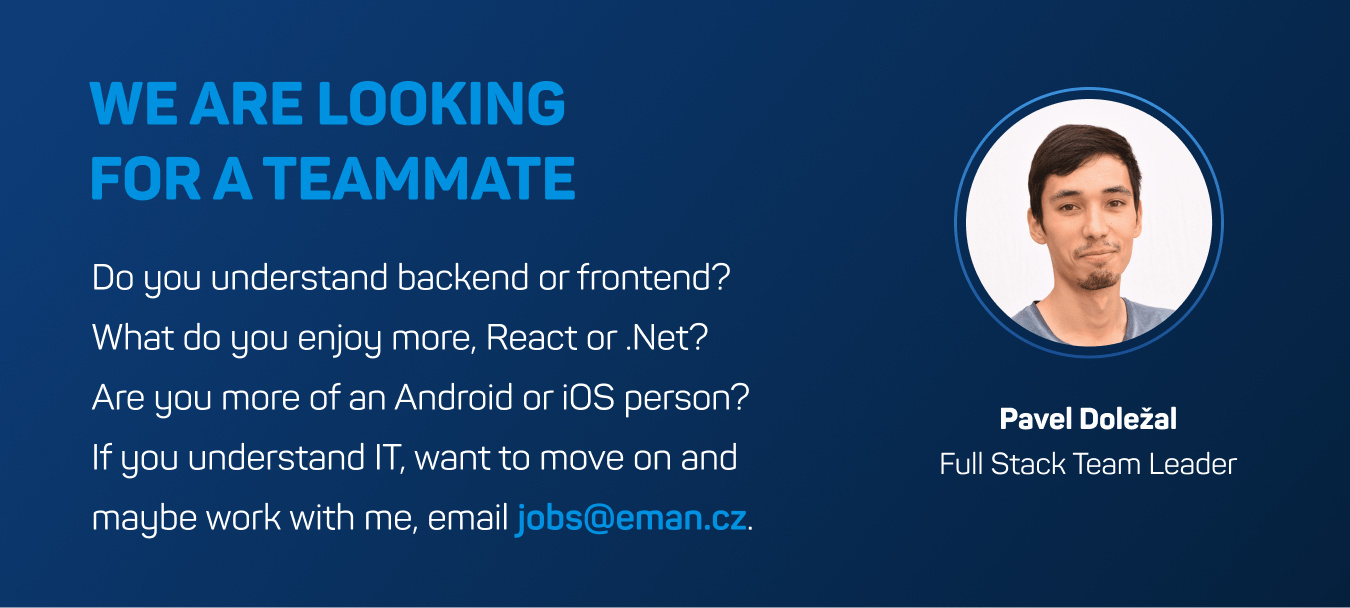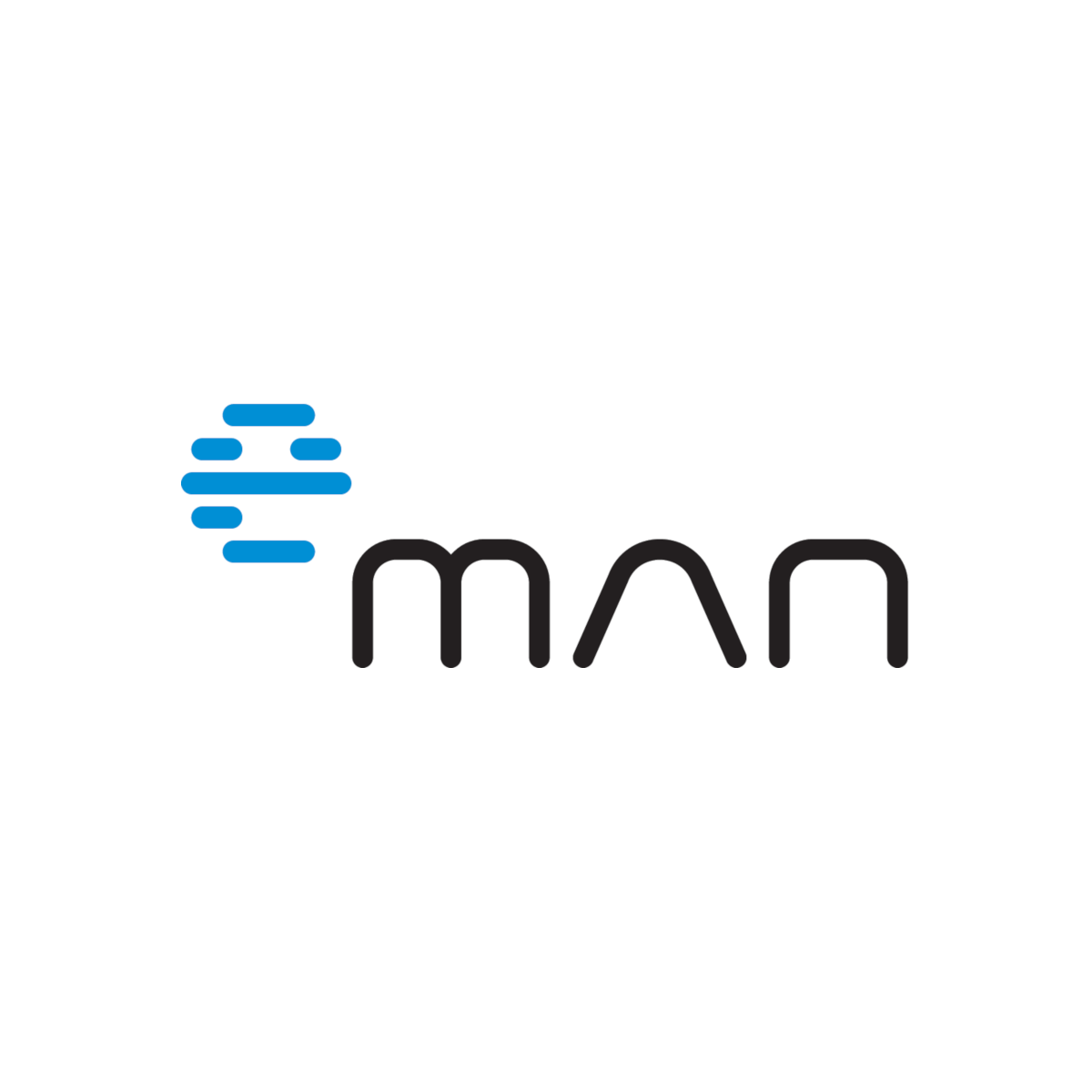Is this the third generation of internet, or just a gradual evolution of how we all know it? Both, but also much more. It’s just the beginning, and we're speculating where it and its possibilities are going to take us. What is it? Web 3.0.
Internet and a world run by individuals?

Let’s start with a little look back. In the 1990s, Web 1.0 came along, which was basically just a tool to put computer-generated content on the internet network. The pages were static; they basically mirrored what people were creating in Word. Perhaps the greatest added value was the possibility of interconnecting (‘hyper’) links. Thus online versions of offline content, such as magazines, appeared on the Internet.
Web 1.0
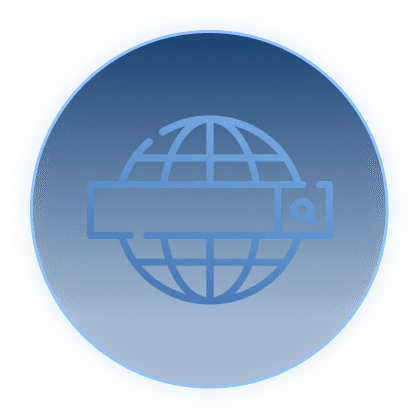
Static websites.
Simple banner ads.
Basic content delivery networks (CDN).
Personal sites were sporadic.
Web 2.0
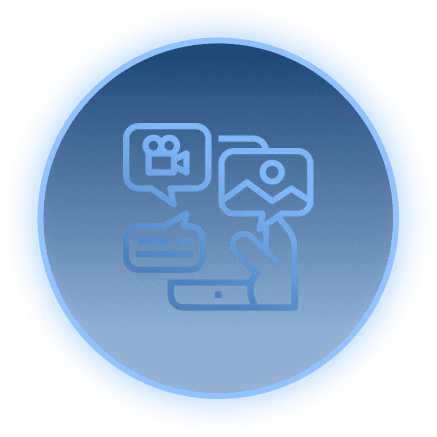
Dynamic and interactive websites.
Social networks.
B2B and P2P sharings.
CPC ads have replaced older methods.
Blogs have become popular.
Web 3.0
Decentralised technologies.
Cloud sharing.
Live streams have replaced blogs.
AI-powered search.
AI will personalize ads.
With Web 2.0, people began to explore the possibilities of the Internet more deeply. It was no longer just a transfer from the offline world – now users realized that, in addition to consuming content, it was possible to create it on the same plane. One of the pioneers of that time was Digg tool, which was a kind of competition for television. You turned it on, but you couldn’t control what was running on the screen at any given moment. Digg was a concept that made it possible to find interesting content on the internet – to discover it or write it – and to put people to a vote on what they thought of it. The content with the most votes went up in the rankings, and gradually gained the attention of the entire internet.
The central motive: ownership
Basically everything we know today – Facebook, Instagram, Twitter, TikTok, etc. – is based on this concept. People create content and consume it at the same time. It’s no longer just about broadcasting content to the world.
And now we have Web 3.0. Unfortunately, its central philosophy is rather abstract and (so far) hard for many to grasp. But we’re still in the beginning phase.
It’s about owning something that is virtual, i.e., on the internet.
Up till now, everything on the internet – text, images, videos – could be copied and passed on indefinitely.
But to own something, it has to be unique and unreplicable. The technology that makes it possible is called Blockchain. The first known application in it was the currency Bitcoin, virtual money that you can own, purely digitally and independently of authorities.
Based on cryptography, you control it, you can send it to someone. No one else can do that, only you manage your own Bitcoins.
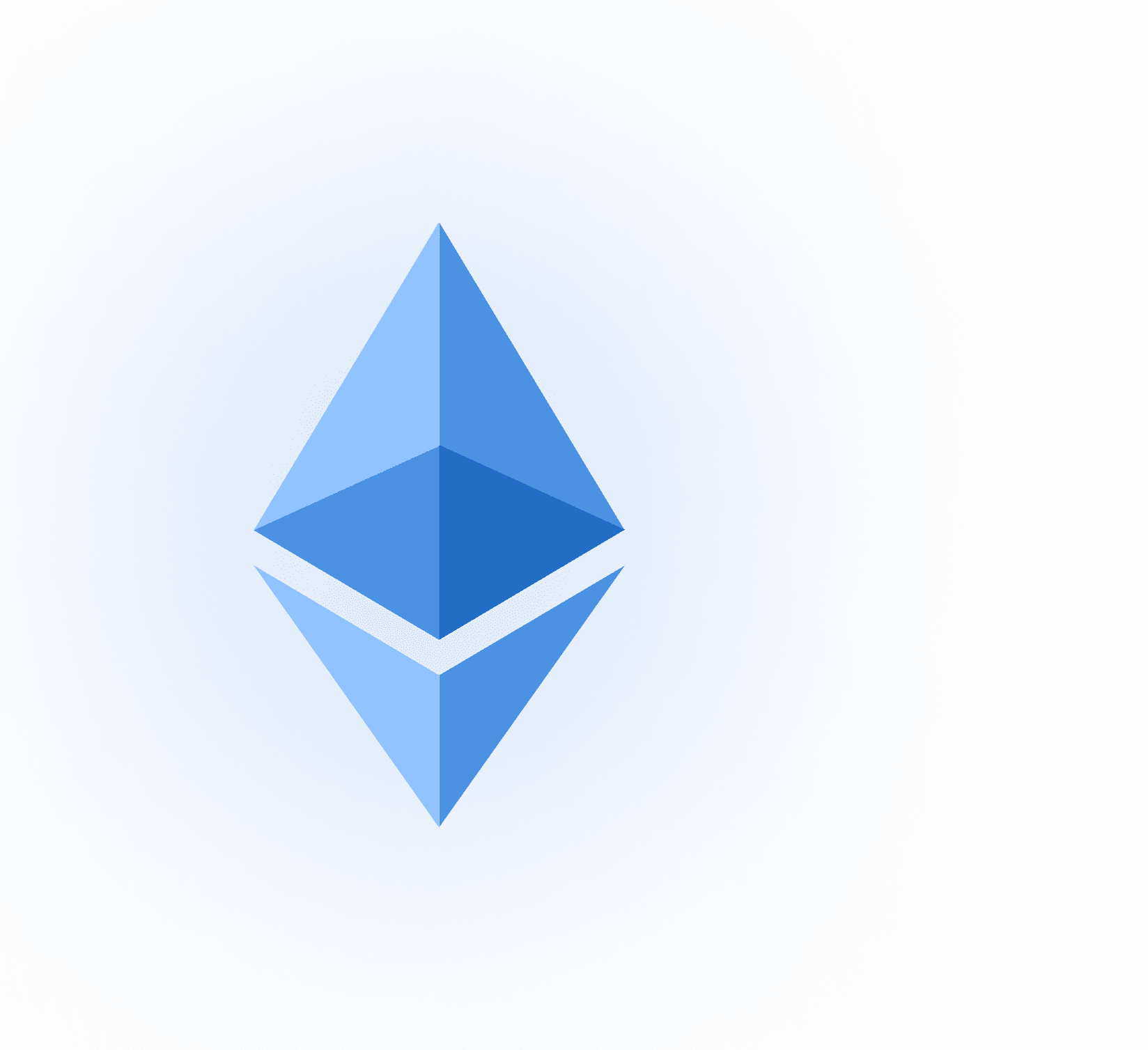
Ethereum is the first
“world computer”
It is a decentralised platform. It runs simultaneously on many computers, so it has no physical location.
What Bitcoin does for payments, Ethereum does
for anything that can be programmed.
It’s a platform for decentralized applications.
Digital Value
A newer – and even more abstract – example of Blockchain is Ethereum. It’s based on the same principles as Bitcoin, but it’s not limited to money. It’s a development platform, like iOS or Android, on which developers can develop their apps, run them, and offer them to others to use.
WHAT DECENTRALISED APPLICATIONS BRING
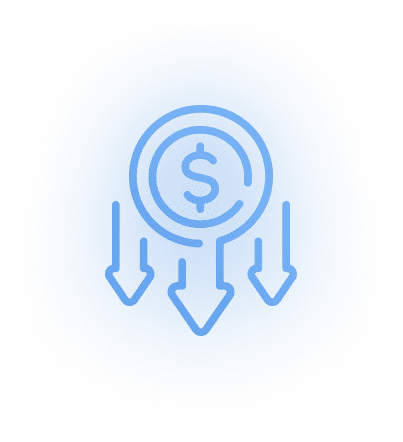
COST REDUCTION
No broker fees because
you don't need any.
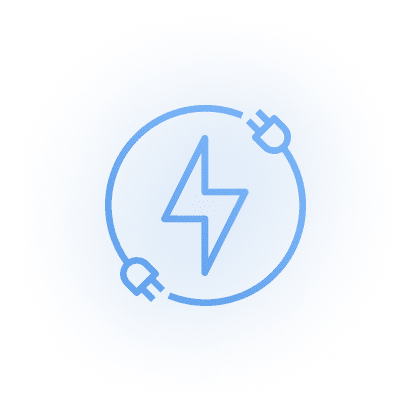
No risk of outage
There is not just one server, therefore there can be no outage or hacking.
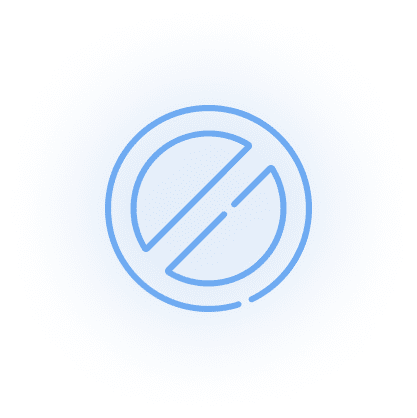
Uncensored
Decentralisation removes any risk of manipulation.
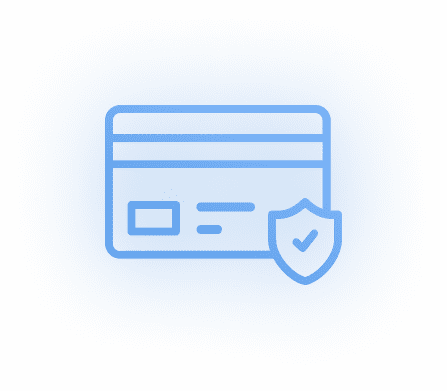
Eliminates fraud
Can detect and eliminate fraudulent activity.
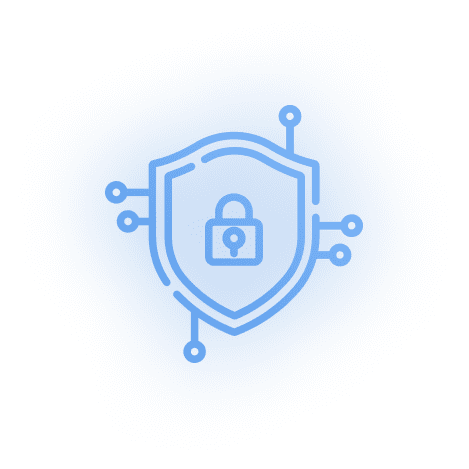
No ID verification
Your personal information and data are under your complete control.
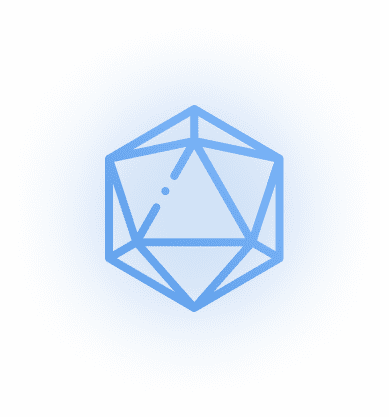
Transparency
Blockchain is available for anyone to view while maintaining anonymity.
The first well-known application on Ethereum is CryptoPunks, which are so-called NFTs (non-fungible tokens that are used to express ownership of a unique item). There are ten thousand unique images in CryptoPunks that can be owned. One can copy and send the image as a JPG, but its ownership written on Blockchain is unique. Such an image has a value, even if it’s digital.
Now you’re probably asking yourself: what good is it?
When Steve Jobs introduced the first personal computer, people asked him what it was for, and his answer was also very abstract. Today we find a computer in every home. Similarly, when Facebook came out, it was said to be useless – yet today we know exactly what it’s for and how it can help us.
The same is true of today’s Web 3.0. At this stage, people are just playing with it, exploring its possibilities, its potential, and discovering what they can possibly do in this new world.
Getting the better of bureaucracy
It is with Bitcoin that we can illustrate this as an alternative to the existing financial world. A parallel monetary system that is stable and independent of governments, political or security situations. In this, technology is simply more trusted than humans.
This is why many of the apps created on Ethereum are financial in nature. Finance is highly regulated all over the world. When a simple developer wants to make a financial app that will help people and make their lives easier, it runs into bureaucracy and paperwork and there’s little-to-no chance of conforming to all the regulations. And the motivation is just gone.
By contrast, a blockchain developer in the most remote hamlet at the edge of the world can sit down at their computer and develop a useful financial service that they upload – and don’t have to run it anymore, don’t have to have their own servers and licenses. Here, there is no bureaucracy.
I have another example of the difference between Web 2.0 and 3.0. The trouble with Web 2 is that it’s controlled by a few giants like Google, Apple and Meta. They are big, centralized authorities. If they don’t like the content you publish, they’ll block you – like Twitter did to an American president not too long ago.
The visionary approach to Web 3.0 is that if you own something on the Internet, you own part of the related protocol. CryptoPunks is not a single-owned entity, but a collective community-owned one.
Cryptopunks

You don't like it? Out with it!
Under Web 3.0, the entire Internet should move to this architecture of community ownership. Control of the ecosystem will not be in the hands of a few corporations, but of the people who actually use internet – and own parts of it.
It’s a rightly robust and unstoppable concept. No one can say: we don’t like it, so we’re blocking/removing it. No one controls the servers either – anyone in the world can run their own Ethereum.
How can we sum it up without being so abstract? It can be said that Web 2.0 has made people’s daily life and operations easier. With Web 3.0, it is something else entirely: gaining collective control over the internet, or the modern world in general. It is about decentralizing current power, about giving every person the right to vote and participate in shaping the world. In real life, as a citizen, I can only elect representatives and pay taxes – but I have no chance of directly influencing what decisions are made or how that money is spent. In this respect, Web 3.0 is paradoxically much less abstract than the world at large today.
And that's quite an interesting future, don’t you think?
eMan, we also play in the sandbox called Web 3.0. We’re developing a game called Alteration, where you can own some of the game elements, similar to NFT and CryptoPunks. In regular games, you fight your way forward, you obtain certain items, but you can’t sell them because you don’t own them. They’re only in that game, and once you turn it off, they disappear. In blockchain games, you advance through levels in exactly the same way, but the things you collect in the process are potentially usable and valuable beyond the ecosystem of that one game. It can be sold, and therefore bought, and used in the next game. Again, it’s the element of digital virtual ownership that the whole Web 3.0 defines.
